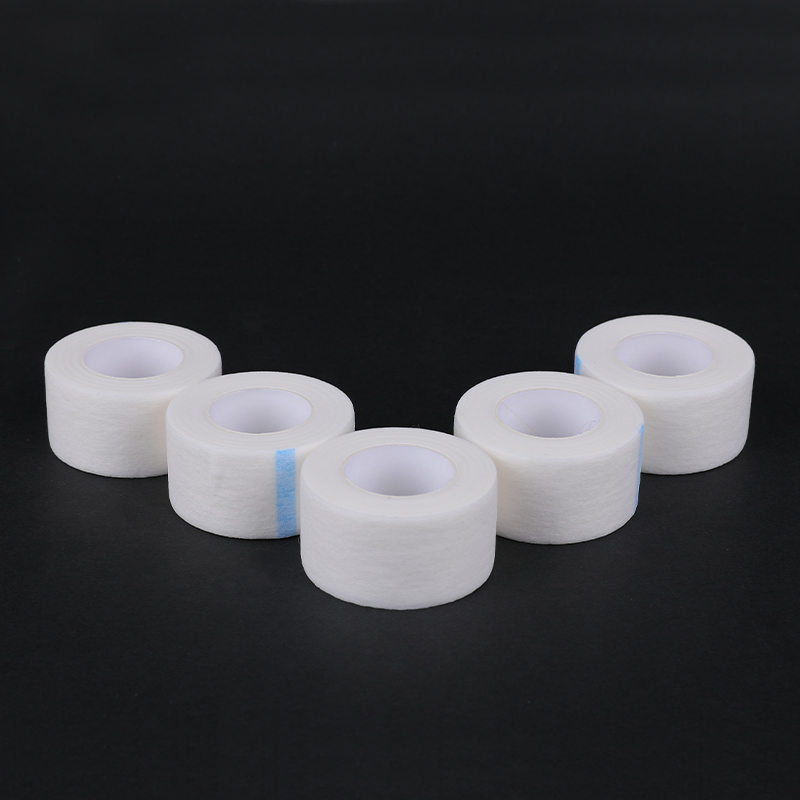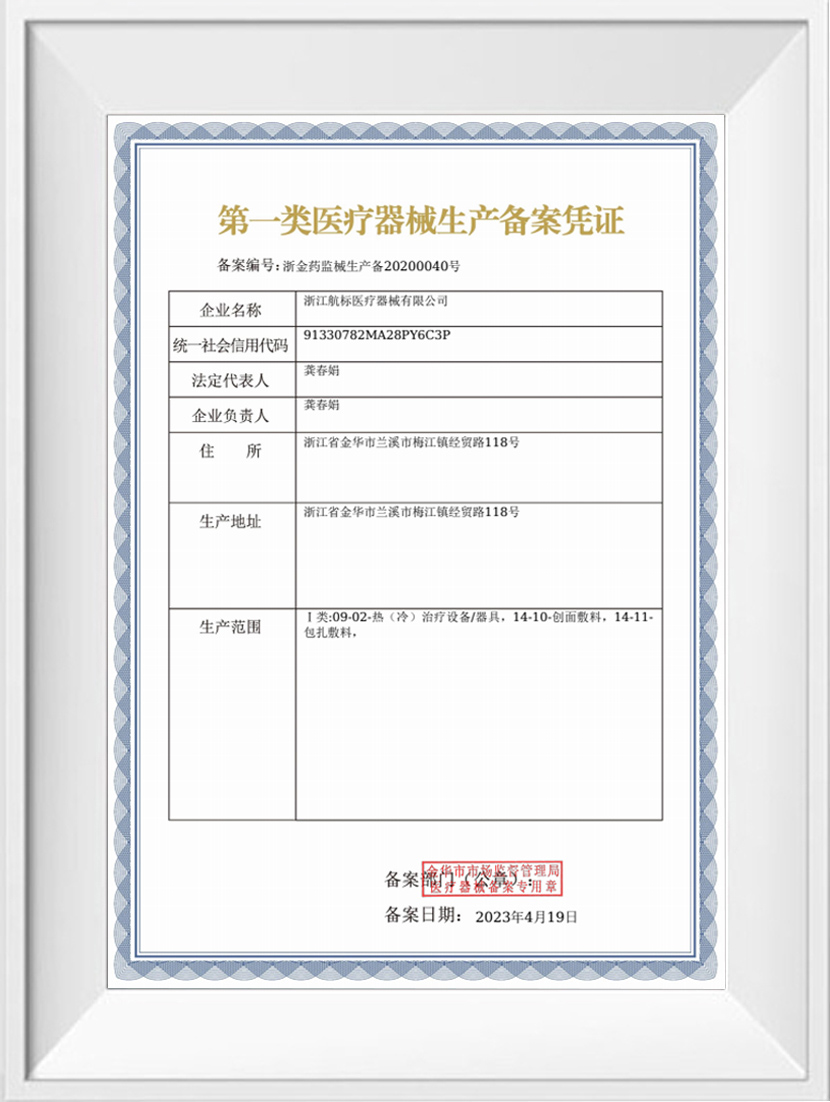When examining the differences between specialty tapes and everyday adhesive tapes, it is important to consider the role of a Silk Tape Factory in production. Unlike conventional tapes that are typically made from synthetic plastics such as polypropylene or PVC, silk tape integrates finely woven fibers that deliver both strength and flexibility. This structural distinction makes silk-based tapes suitable for applications where both comfort and resilience are essential. While conventional tapes are mass-produced primarily for packaging or general utility, silk tape is engineered with higher material precision and specialized uses in mind, giving it a fundamentally different character from the start.

Material Composition and Fabric Structure
The major distinction lies in material composition. Ordinary tapes rely heavily on synthetic backings that emphasize cost-effectiveness and mass availability. These materials provide sufficient adhesion for short-term use but can lack breathability and comfort. In contrast, silk tape employs woven textile layers that enhance both tensile strength and softness. The natural or semi-synthetic fibers used in silk tape allow it to adapt to skin, fabrics, and irregular surfaces without causing irritation or stiffness. This textile-based structure ensures that the tape does not easily tear under pressure, offering a clear durability advantage over many common adhesive tapes.
Adhesion Properties and Residue Control
Another point of difference between silk tape and traditional options is adhesive performance. Standard adhesive tapes often rely on synthetic glues that provide a strong initial stick but can leave behind stubborn residue when removed. This can be problematic in medical, cosmetic, or fabric-related applications. Silk tape is designed with gentler adhesive systems that prioritize clean removal while maintaining reliable hold during use. For example, when applied to human skin or delicate surfaces, silk tape adheres firmly but can be peeled away without discomfort or damage. This balance between adhesion and removability highlights its refined engineering compared to ordinary tapes.
Durability and Performance in Demanding Conditions
Durability is another factor where silk tape stands apart. Regular adhesive tapes may degrade when exposed to moisture, sweat, or prolonged tension, causing them to lose effectiveness. Silk tape, however, is designed to maintain stability under stress and in challenging environments. Its woven base resists tearing and stretching, while its adhesive retains performance without excessive deterioration. This makes silk tape particularly valuable in scenarios requiring long-term or continuous application, where ordinary tapes might fail or require frequent replacement.
Comfort and User Experience
User comfort is an often-overlooked dimension of tape performance. Standard tapes prioritize utility, sometimes at the expense of comfort. Their synthetic bases can be rigid, uncomfortable, or even irritating when applied directly to the skin. By contrast, silk tape offers a soft and breathable texture that reduces irritation and enhances comfort during prolonged use. This user-centered quality makes it a preferred choice in healthcare and personal applications where human comfort is inseparable from functionality.
A Distinction in Purpose and Quality
A Silk Tape Factory focuses on producing products that emphasize comfort, durability, and specialized use, while conventional adhesive tapes are designed for cost-effective, general-purpose tasks. From material selection to adhesive formulation and user experience, silk tape consistently demonstrates advantages in demanding or sensitive applications. The result is not merely a tape that sticks, but a refined solution engineered to meet higher expectations of performance and comfort.



